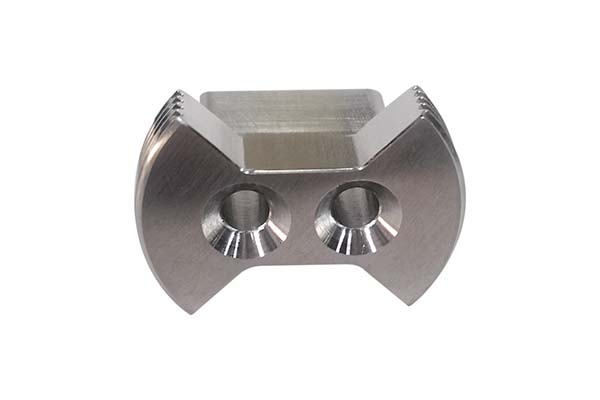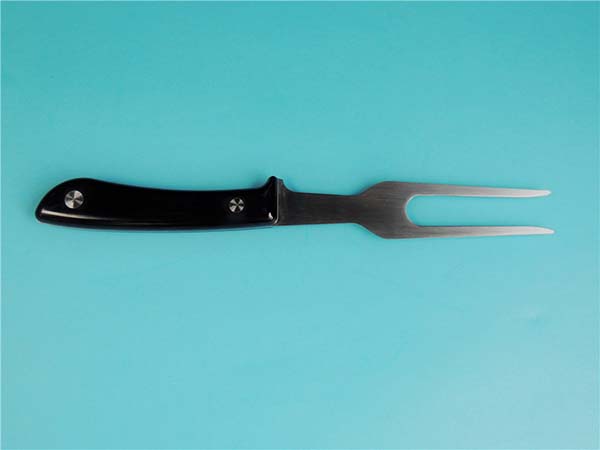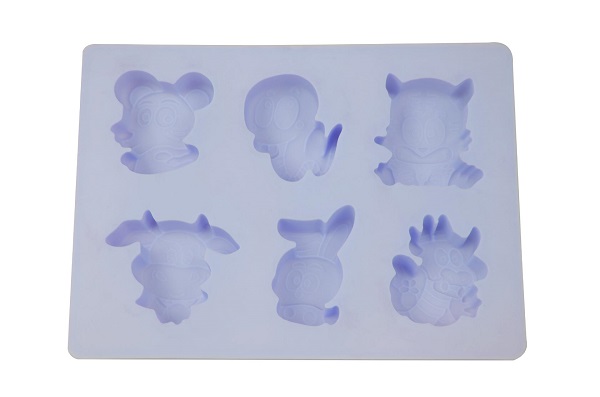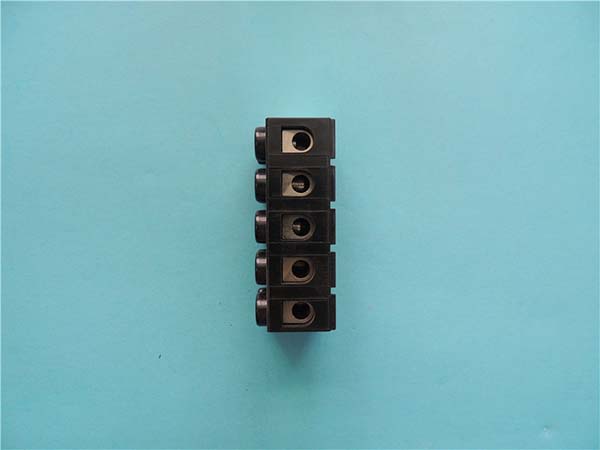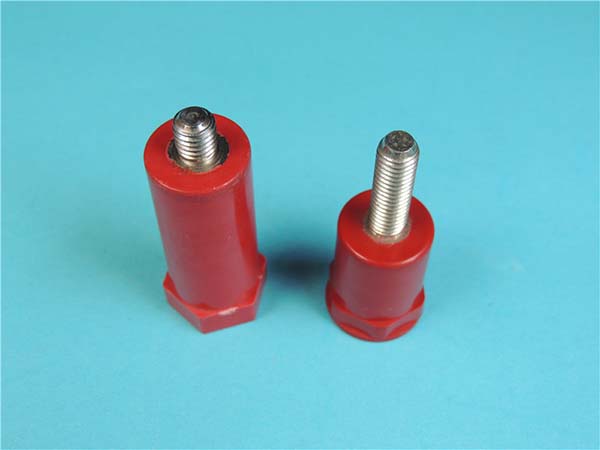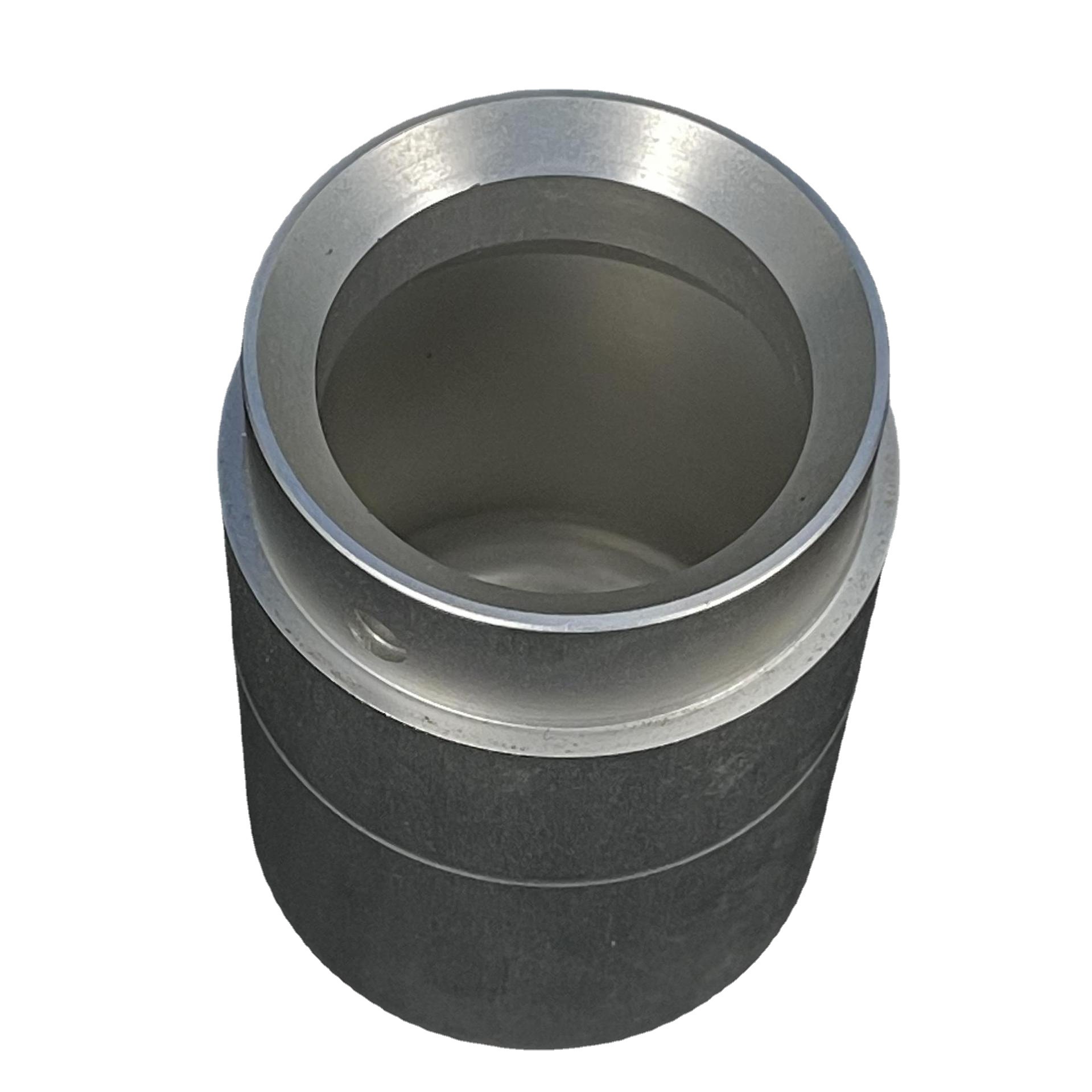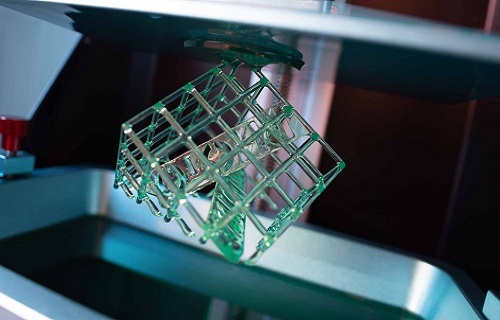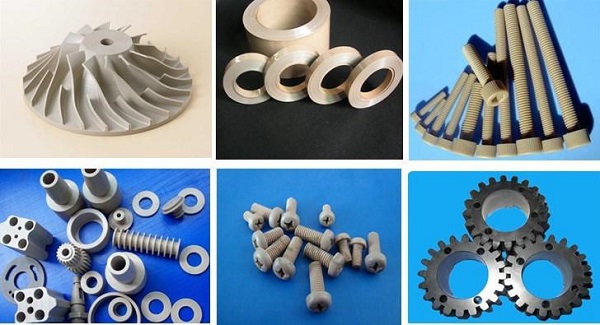What is 3D Printing Delivery?
3D printing delivery, also known as on - demand 3D printing or distributed 3D printing, represents a revolutionary shift in the traditional delivery and manufacturing landscape. At its core, it is the process of using 3D printing technology to create physical objects at or near the point of need, rather than manufacturing them in a centralized location and shipping them.
In a traditional delivery model, products are mass - produced in factories, often located in different regions or even countries. These products then have to be transported through a complex network of logistics, including trucks, ships, and planes, to reach the end - user. This process can be time - consuming, costly, and is also affected by various factors such as traffic, customs, and supply chain disruptions.
With 3D printing delivery, the digital design files of the products are sent directly to the 3D printers at the destination. The 3D printers then build the objects layer by layer, using materials such as plastics, metals, ceramics, or composites. For example, if a customer in a remote area needs a replacement part for a piece of equipment, instead of waiting for the part to be shipped from a manufacturing facility hundreds or thousands of miles away, a local 3D printing service provider can print the part on - site within a short period.
This method eliminates the need for large - scale warehousing and long - distance transportation for many items. It also allows for greater customization. Since the digital design files can be easily modified, products can be tailored to the specific requirements of individual customers. For instance, in the medical field, 3D printing can create patient - specific prosthetics or implants at a local hospital or medical facility, reducing waiting times and improving the fit and functionality of the devices.
The Advantages of 3D Printing Delivery
Faster Delivery Times
In traditional logistics, especially for cross - border deliveries, the process can be extremely time - consuming. For example, shipping a product from a manufacturing hub in Asia to a customer in Europe via sea freight usually takes about 2 - 4 weeks. Even with air freight, which is faster, it can still take 3 - 7 days considering customs clearance and other procedures.
However, 3D printing delivery can significantly shorten this time. In some cases, it can be reduced to just a few days or even be an instant process. A construction company in the Netherlands once needed a specialized architectural model for a new project presentation. Instead of waiting for a pre - made model to be shipped from a manufacturer in the United States (which would have taken at least a week), they used a local 3D printing service. The digital design was sent to the 3D printer, and within 24 hours, they had the physical model in hand, ready for their presentation.
Cost - effectiveness
Let's take a look at the cost comparison between traditional transportation and 3D printing delivery in the following table:
| Cost Items | Traditional Transportation | 3D Printing Delivery |
| Transportation Fees | High, especially for long - distance and international shipping. For a medium - sized package shipped from China to the US, it can cost around \(50 - \)100 via express shipping. | Almost zero, as the product is printed locally. |
| Warehousing Fees | Required for storing inventory before shipping. A small - scale warehouse in a major city might cost \(10 - \)20 per square foot per month. | Not needed for on - demand 3D printing as products are made only when ordered. |
| Packaging Fees | Vary depending on the product, but can be a significant cost, especially for fragile items. Average packaging cost for a consumer product can be \(5 - \)10. | Usually simpler and less costly, as the 3D - printed object may not require complex packaging. |
As shown in the table, 3D printing delivery can potentially save a large amount of cost by eliminating or reducing these major cost factors in traditional delivery.
Customization on - the - spot
One of the greatest strengths of 3D printing delivery is its ability to provide customization based on local demands and customer requirements. For example, in the fashion industry, a local designer in a small town can use 3D printing to create unique, one - of - a - kind jewelry pieces. They can adjust the design, size, and color according to the preferences of their local customers.
Another example is in the automotive aftermarket. A car owner in a rural area may need a custom - made interior trim piece. Instead of ordering a standard - size piece from a large - scale auto parts manufacturer and hoping it fits, a local 3D printing shop can create a perfectly - fitting trim piece based on the owner's specific car model and their aesthetic preferences. This on - the - spot customization not only meets the individual needs of customers more effectively but also reduces the need for maintaining a large inventory of different - sized and - designed products.
Yigu Technology's Perspective
As a non - standard plastic metal products custom Supplier, Yigu Technology sees great potential in 3D printing delivery. In product customization, it allows us to create highly tailored plastic and metal products for clients on - demand. This not only meets unique client requirements but also shortens the production cycle.
In terms of supply chain optimization, 3D printing delivery reduces the need for large - scale inventory storage and long - distance transportation of raw materials. We believe that in the future, 3D printing delivery will play an increasingly important role in the manufacturing industry, enabling more flexible and efficient production models.
FAQ
What types of products can be delivered through 3D printing?
A wide variety of products can be delivered via 3D printing. In the industrial sector, small mechanical parts like gears, brackets, and connectors for machinery can be printed on - demand. For example, in the maintenance of small - scale industrial equipment, a worn - out gear can be quickly 3D - printed and delivered instead of waiting for a replacement from a traditional supplier.
In the medical field, prosthetics, orthodontic appliances, and even some surgical instruments can be 3D - printed. Patient - specific prosthetics are custom - made to fit the unique body shape of each individual, providing a better fit and functionality. In the consumer goods area, personalized jewelry, artworks, and customized phone cases are also popular products for 3D - printing delivery.
How accurate is 3D printing for delivery?
The accuracy of 3D printing for delivery depends on several factors. Different 3D printing technologies have different accuracy ranges. For instance, Fused Deposition Modeling (FDM), a common and affordable 3D printing technology, especially in desktop - level printers, usually has an accuracy of about ±0.5 mm. However, industrial - grade FDM printers can achieve an accuracy of around ±0.2 mm.
Stereolithography (SLA) and Digital Light Processing (DLP) technologies, which use light to cure resin, are more accurate, with an accuracy of approximately ±0.1 mm. Professional resin 3D printers can even reach an accuracy of ±0.01 mm. Selective Laser Sintering (SLS), which uses a laser to sinter powder materials (usually nylon powder), has an accuracy of about ±0.3 mm. Metal 3D printing technologies, such as Selective Laser Melting (SLM), can achieve an accuracy of around ±0.1 mm. The choice of materials also affects accuracy. Some materials may shrink or expand during the printing process, leading to dimensional changes.
Is 3D printing delivery more environmentally friendly than traditional delivery?
In many aspects, 3D printing delivery is more environmentally friendly. In terms of carbon emissions, traditional delivery often involves long - distance transportation by trucks, ships, or planes, which consume a large amount of fossil fuels and emit significant amounts of greenhouse gases. For example, a long - distance truck delivery can emit several kilograms of carbon dioxide per kilometer. In contrast, 3D printing delivery eliminates or greatly reduces the need for such long - distance transportation, resulting in much lower carbon emissions.
Regarding packaging materials, traditional delivery usually requires large amounts of packaging materials like cardboard boxes, bubble wrap, and plastic bags to protect products during transportation. These packaging materials are often single - use and contribute to waste. 3D - printed products, on the other hand, may require less or simpler packaging, especially when printed locally, reducing the amount of packaging waste generated. Additionally, some 3D printing materials are recyclable or biodegradable, further enhancing the environmental friendliness of 3D printing delivery.
